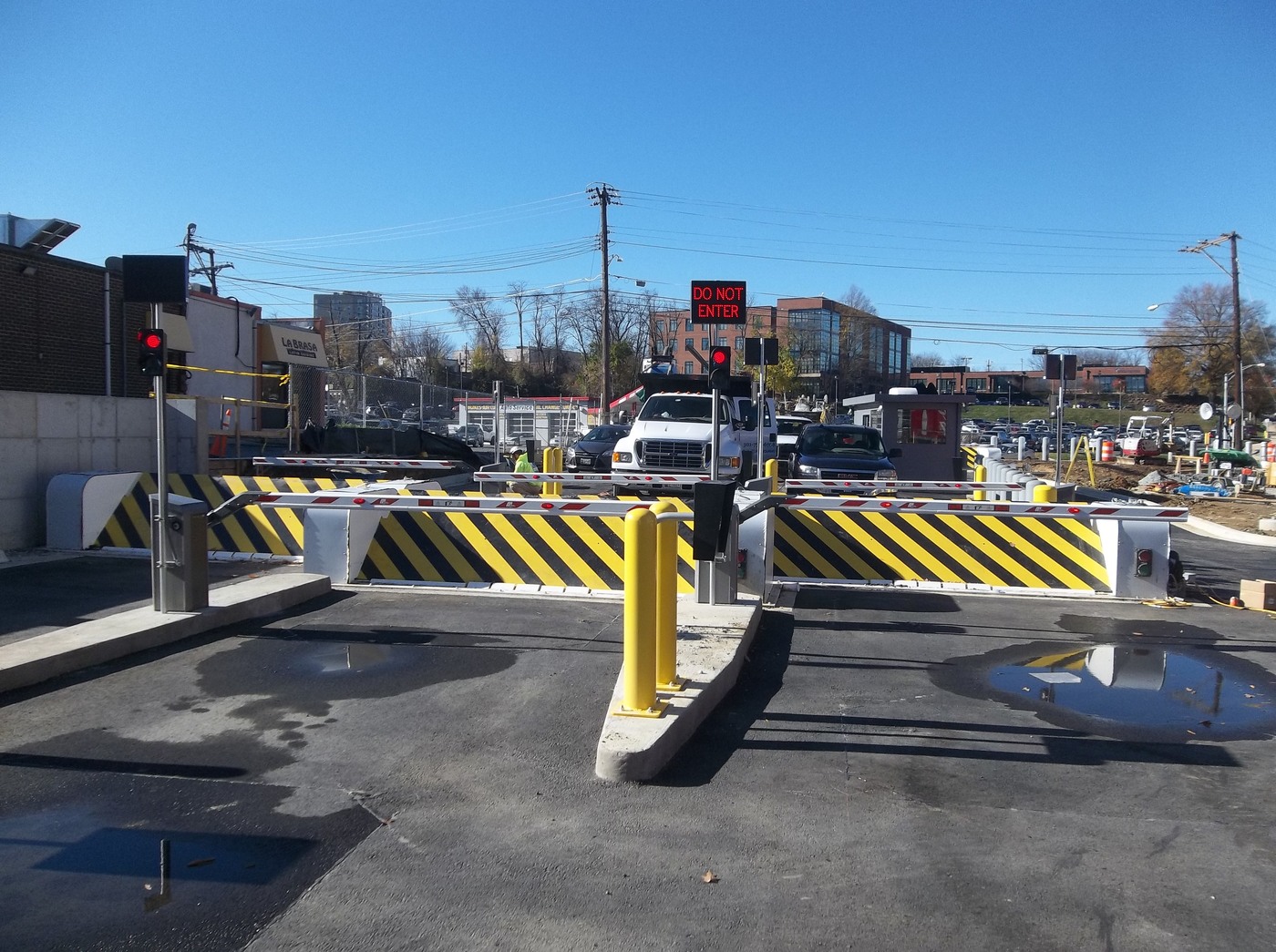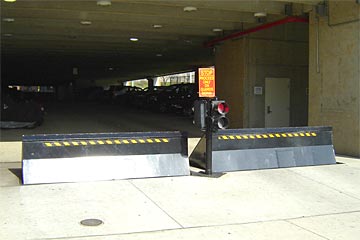The Basic Principles Of Wedge Barriers
Wiki Article
The 30-Second Trick For Wedge Barriers

Wedge Barriers Can Be Fun For Anyone
g., spring support 65 )might be fixed to the end of the spring rod 58 to make it possible for compression of the springtimes 60. As the springs 60 are pressed in between the spring supports 62, the springtime assembly 54 generates a force acting upon the cam paired to the springtime rod 58 in a direction 66. For example, the remaining force related to the web cam to deploy the wedge plate 16 may be given by an electromechanical actuator 84 or various other actuator. The spring setting up 54 and the actuator 84(e. g., electromechanical actuator)may operate with each other to equate the web cam and raise the wedge plate 16.
As pointed out over, the springtime assembly 54 applies a constant pressure on the camera, while the electromechanical actuator may be managed to apply a variable force on the cam, consequently allowing the training and lowering( i. e., deploying and retracting )of the wedge plate 16. In specific embodiments, the continuous pressure used by the spring assembly 54 may be adjustable. g., electromechanical actuator) is handicapped. As will certainly be valued, the spring assembly 54 may be covered and protected from debris or various other aspects by a cover plate(e. g., cover plate 68 displayed in FIG. 4) that may be considerably flush with the elevated surface area 38 of the structure 14. As pointed out above, in the released placement, the wedge plate 16 offers to block gain access to or travel past the barrier 10. For instance, the barrier 10(e. g., blog the wedge plate 16 )may obstruct pedestrians or automobiles from accessing a home or path. As talked about over, the obstacle 10 is affixed to the support 30 safeguarded within the foundation 14,

front brackets 71. Because of this, the affiliation settings up 72 might pivot and revolve to make it possible for the collapse and expansion of the affiliation assemblies 72 during retraction and deployment of the bather 10. The link assemblies 72 cause activity of the wedge plate 16 to be limited. If a lorry is taking a trip towards the deployed wedge plate 16(e. For instance, in one condition, the safety legs 86 may be extended duringmaintenance of the barrier 10. When the safety and security legs 86 are deployed, the safety legs 86 support the weight of the wedge plate 16 against the surface 12. Consequently, the training device 50 might be shut down, serviced, gotten rid of, replaced, etc. FIG. 5 is partial viewpoint sight of a personification of the surface-mounted wedge-style obstacle like this 10, illustrating the webcam 80 and the cam surfaces 82 of the training device 50. Especially, 2 camera surfaces 82, which are described as lower webcam surface areas 83, are placed listed below the webcam 80. The lower web cam surface areas 83 may be taken care of to the surface 12 (e. For instance, the reduced webcam surfaces 83 and the installing plate 85 might develop a single item that is protected to the anchor 30 by screws or other mechanical fasteners. In addition, 2 camera surfaces 82, which are referred to as upper webcam surfaces 87, are placed above the cam 80 and paired to (e. In other embodiments, interfering layers or plates may be positioned in between the surface 12 and the reduced webcam surfaces 83 and/or the wedge plate 16 and the upper camera surfaces 87 As mentioned over, the my sources cam 80 equates along the webcam surface areas 82 when the wedge plate 16 is lifted from the retracted placement to the released setting. Additionally, as stated over, the springtime setting up 54 (see FIG. 3 )might give a pressure acting on the web cam 80 in the direction 102 through spring rod 58, which might decrease the pressure the electromechanical actuator 84 is required to relate to the web cam 80 in order to actuate and raise the wedge plate 16. 1 )to the released position(see FIG. 4). As revealed, the web cam 80 includes track wheels 104(e. g., rollers), which call and translate along the camera surface areas 82 during operation.
Report this wiki page